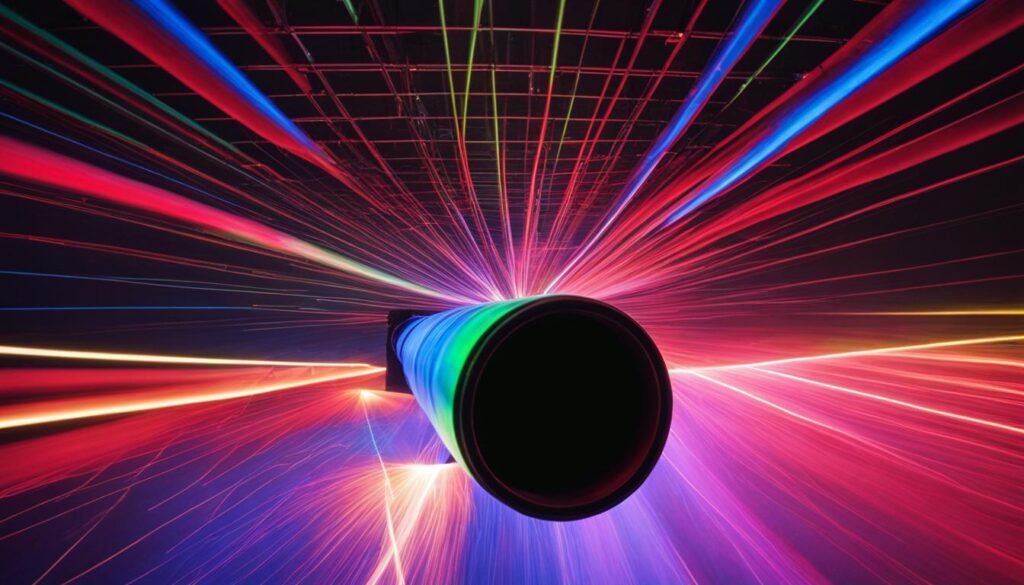Contents
Source: ACS Publications – American Chemical Society
Understanding Noncritical Phase Matching in Photonics
What is Noncritical Phase Matching?
Noncritical phase matching, also known as temperature phase matching or 90° phase matching, is a technique used in nonlinear frequency conversion processes like frequency doubling or parametric amplification. In this method, the interacting beams are aligned along a specific axis of a birefringent nonlinear crystal to minimize phase mismatch. The crystal temperature is adjusted to reduce the phase mismatch, ensuring efficient nonlinear processes.
Advantages and Disadvantages
Noncritical phase matching offers advantages such as insensitivity to beam misalignment and avoidance of spatial walk-off, leading to higher conversion efficiencies due to tighter beam focusing. However, it requires a crystal oven for temperature stabilization since operating temperatures are often different from room temperature. Additionally, the crystal and coatings must withstand the operational temperature variations.
Temperature Considerations
In some cases, the phase-matching temperature may be close to room temperature, enabling critical phase matching configurations with similar properties but minimal spatial walk-off. Quasi-phase matching techniques allow noncritical phase matching in crystals that are typically critically phase matched.
Further Exploration
Noncritical phase matching is a valuable technique in photonics for optimizing nonlinear processes. By understanding the principles and applications of noncritical phase matching, researchers can enhance the efficiency and performance of various photonics applications.
By delving deeper into the intricacies of noncritical phase matching, scientists and engineers can unlock new possibilities in nonlinear optics and photonics technologies.

Source: Fosco Connect
Feel free to comment your thoughts.


